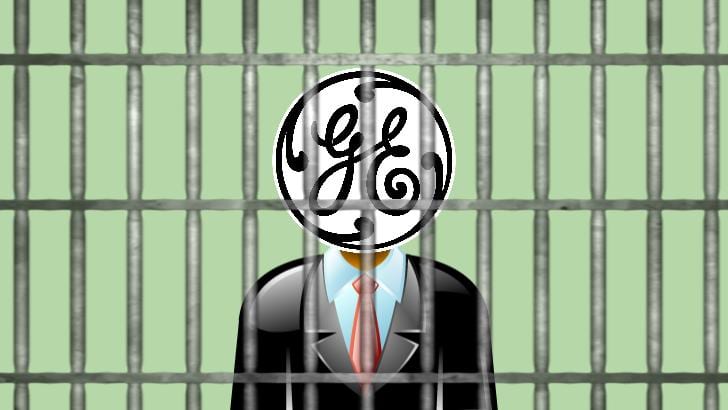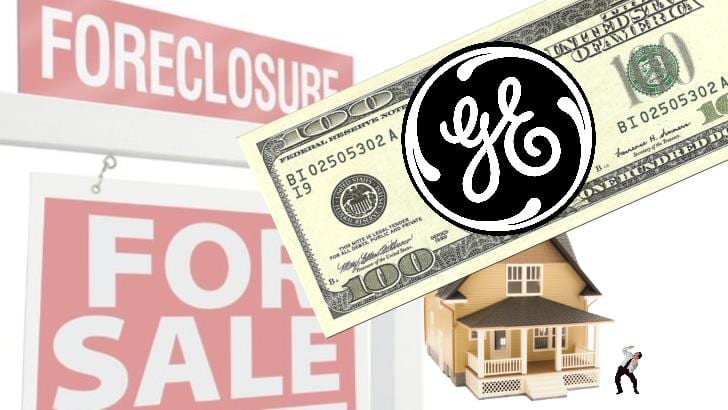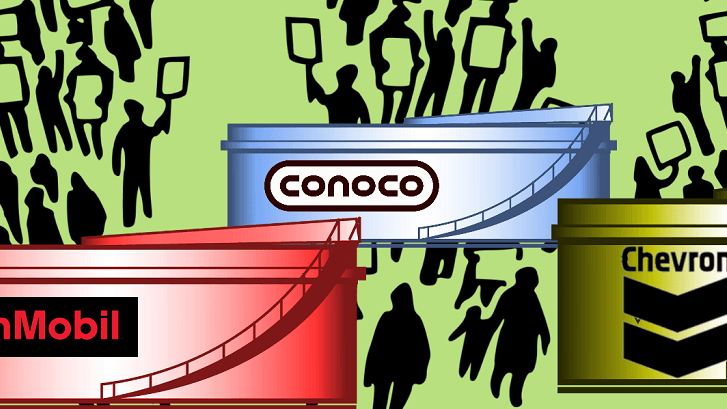
Image by Kent Buckley
March 25, 2016
BY JASON PRAMAS @JASONPRAMAS
General Electric’s Boston charm offensive presents dilemma for Boston nonprofits, others
General Electric is back on top of the Boston news cycle again. CEO Jeffrey Immelt made the rounds of pressers in person this week, starting with the announcement of a new 2.5 acre GE headquarters site—to be purchased from Procter & Gamble and carved out of their 44 acre Gillette campus. Right on the Fort Point Channel across from South Station and the main Boston post office. After refurbishing two former NECCO buildings on the site and erecting a new third building in the current parking lot, the company expects to spend $80-100 million on the complex.
However, the plot of the GE Boston Deal has thickened once again. It turns out that part of the promised $145 million in tax breaks and direct aid to the company from Boston and Massachusetts will only be possible because the Boston Redevelopment Authority plans to purchase the NECCO buildings and lease them back to GE. Neat trick for a much-hated neighborhood-destroying planning agency that only just got a six-year lease on life from the Boston City Council on Tuesday. Over the protests of the three councilors with any spine on the issue: Tito Jackson, Ayanna Pressley and Josh Zakim. No word yet about why Boston needs to spend an additional $100 million to repair the Old Northern Avenue Bridge at GE’s behest now that the multinational will be sited right near two perfectly functional bridges further up the channel. Or why the state has to throw in another $25 million to make the area around the new headquarters plot more pretty. But Mayor Marty Walsh and Gov. Charlie Baker will no doubt be able to explain that to us in the near future. Or perhaps not.
On Thursday, Immelt gave a speech to the Boston College Chief Executives Club at the Boston Harbor Hotel. Which raised more questions than it answered. Some of his more noteworthy offerings follow:
- “This move for GE is all about the next 40 years. What do we want the company to look like, how do we want the company to be challenged?” [Reuters] So does that mean that GE’s HQ will be staying in Boston for at least 40 years? Probably best not to hold your breath on that one.
- “And we think by the time it’s all said and done there should be, you know, let’s say 4,000 jobs around the ecosystem in Boston.” [WCVB video] OK, so we know that 800 jobs that will be sited in the new headquarters will be almost entirely white collar and many jobs will simply be transplanted from GE’s current headquarters in Fairfield, Conn. So what are the other 3,200 jobs that will be conjured into existence by the company’s presence? To the extent that any new jobs are being created at all, since Immelt is careful not to provide any specifics or make any explicit promises. But let’s think: cleaners, counter staff, delivery people, baristas, clowns, and office temps generally make lousy money and get no benefits. Bartenders, servers, dealers, muscle, and high-class sex workers do rather better financially. But again no benefits. And what with their proposed helipad, many of the GE execs probably aren’t going to stick around at night anyway. So it’s not clear that there are going to be many decent jobs created in this apocryphal “ecosystem” Immelt keeps mentioning. After all, this is a corporation that has destroyed tens of thousands of good working class jobs in Massachusetts in the last few decades. But fingers crossed, one supposes.
- “We’re going to give back to the community. Just take my word for this. We’re going to give back, for any dollar that you think was invested in GE being here—and there are a lot of places we could have gone other than here—you will get back a thousand fold.” [WCVB video] Take his word for it? Let’s do the math. So, $145 million in the main state and city giveaway. Another $125 million or so in the “Make Fort Point Super Awesome for GE” package, again from the state and city. That’s over $270 million. Times 1,000. Then we can expect $270 billion for Boston and Massachusetts out of this deal?! From a company that screwed federal and state governments out of billions in taxes for years? A company that destroyed the lives of tens of thousands of families in the subprime mortgage scandal that helped crash the US economy in 2008, then got bailed out with $90 billion in cheap credit by dint of the feds changing the rules on their behalf? A company that rigged municipal bond markets to steal untold millions from cities and towns around the US? And got away with all of it? Under Immelt’s watch?! They’re giving back the money our busted local politicians are handing them “a thousand fold”?! Sweet!!! Will that be cash or credit?! No checks though. Not from these characters.
- “More recently we’ve worked on community health and even more recently we’ve focused on employability. We like to do things where it’s more than money. You’ll have hundreds of GE people that are mentoring in schools …” [BBJ] Yeeeeeah … General Electric absolutely does not like to do things where it’s “more than money.” They like to make money. And more money. And screw anyone that stands in their way. Lovely attitude to instill in school kids, right? Ask Connecticut how everything worked out down there to get a good idea of Boston’s future with this deal.
Still, this brings up an interesting discussion. Even before the impressive walkout of Boston Public School students a couple of weeks back, GE must have been perfectly well aware that Massholes across the political spectrum are furious about the millions in free public money being shoveled into their coffers. And they’re also well aware that Boston, where they are just setting up shop, is a city that rose up to smash the deal for the Boston 2024 Olympics—a very similar boondoggle—last year.
So we can be sure that Immelt and his crew are going to start spreading money around to local community nonprofits. Especially social justice organizations that are likely to spearhead the fightback against the GE Boston Deal.
Seems like they haven’t been doing much philanthropic giving in the Boston area in recent years either. Other than money to universities like MIT that are going to produce researchers and upper management for them. Looking at the 2013-2014 annual report of United Way of Massachusetts Bay and Merrimack Valley, GE is listed as giving in the $500,000 – $749,999 category in a region that covers eastern Mass and southern New Hampshire. Yet GE didn’t make the Boston Business Journal list of corporations that donated more than $100,000 to Boston charities for either 2013 or 2014. Meaning Boston wasn’t a place they were trying to buy friends until it lately became necessary.
Given that GE will certainly increase its local donations, that presents a moral dilemma to Boston area nonprofits: Will they take this tainted money? Will they accept funds from a multinational corporation that is quite literally part of the reason that we have such an unequal society with so much poverty and immiseration? Money that many organizations must certainly need badly in these difficult times, but that will merely be a fraction of the PR line for a known corporate criminal with a $117 billion operating budget this year. Are they willing to sell themselves so cheaply?
Moreover, are Boston-area residents willing to continue to work with nonprofits that would be willing to take money from GE?
One way to find out is to shine the light of public attention on the matter and see what transpires. So if you hear about a Boston area nonprofit that knowingly took money from GE—directly, or through a front group—drop me a line at jason@binjonline.org. If your info checks out, I’ll add the organization to a public list. Let’s call it a Naughty List. And then we’ll see how much its community continues to support it. By the same token, if you know about an area nonprofit that did not take money GE offered them, definitely contact me and I’ll put it on a Nice List.
Now that I think about it, I can add politicians to the Naughty List and the Nice List, too. And business leaders. And academics. And journalists. I tell you, it’ll be like Christmas in July. Just not for the collaborators.
Welcome to Boston, GE.
Apparent Horizon is syndicated by the Boston Institute for Nonprofit Journalism. Jason Pramas is BINJ’s network director.
Copyright 2016 Jason Pramas. Licensed for use by the Boston Institute for Nonprofit Journalism and media outlets in its network.







